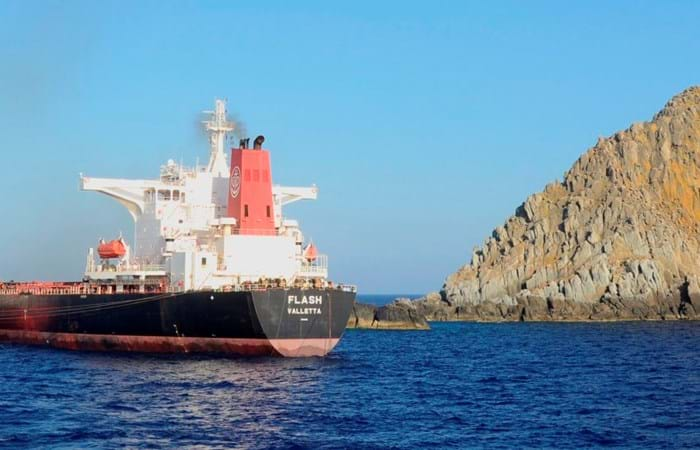On the 25th of June the bulk carrier 'Flash' ran aground near the Galite Islands. The unfortunate vessel was loaded with a cargo of about 130,000t of coal. Immediately SMIT Salvage mobilized a team of experts to render assistance.
A first assessment revealed that a considerable amount of coal had to be lightered before the vessel could be refloated. In cooperation with local port authorities OOMP, SMIT Salvage was contracted to refloat the vessel on the 26th of June under LOF terms and conditions. Support craft consisting of tugs and lightering craft were mobilized straight away.
The coal was discharged to three different offloading bulk carriers and the empty holds were filled with seawater to minimize the bending forces on the 290 m vessel. With the help of specialized pumps and the pulling force of the Boskalis-owned 200TBP 'Union Manta', the Flash was refloated on the 1st of August. Following a dive inspection and temporary repairs she was subsequently redelivered to her owners on the 24th of August.

